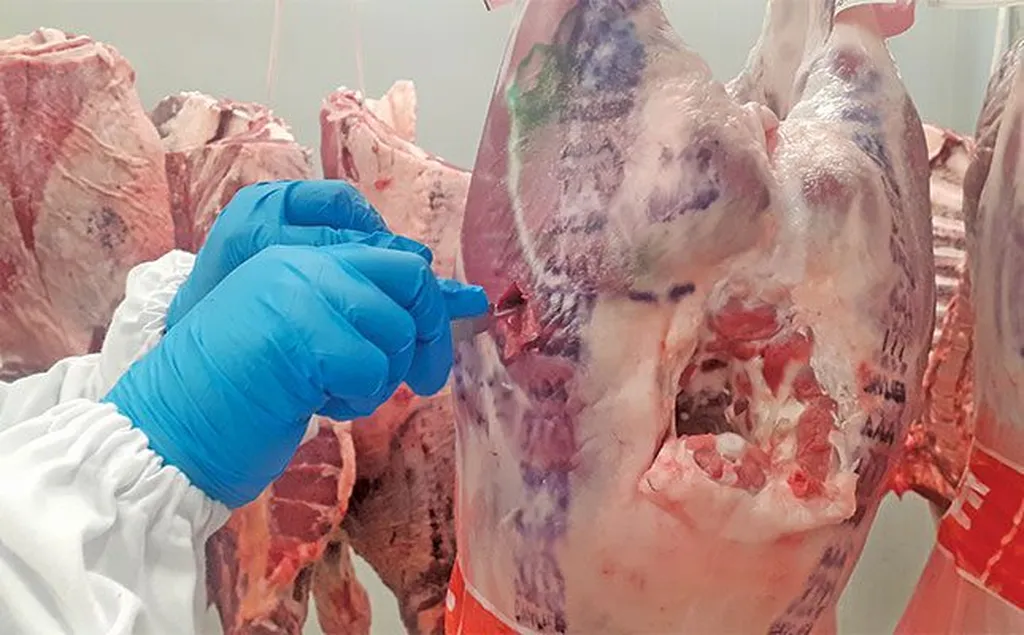In the sprawling landscapes of South Africa, where sheep farming is a cornerstone of the agricultural economy, a silent crisis has been unfolding. Wet carcass syndrome (WCS), a condition that tarnishes the quality of sheep carcasses post-slaughter, is causing significant economic ripples. Until recently, WCS was largely considered a Dorper sheep issue, but new research suggests the problem is far more complex and widespread.
A study published in *Frontiers in Genetics* (translated to “Frontiers in Heredity”) has shed light on the genetic underpinnings of WCS, challenging the notion that it is breed-specific. Led by Bhaveni B. Kooverjee from the Department of Animal Breeding and Genetics at the Agricultural Research Council in Irene, South Africa, the research team genotyped meat samples from 164 WCS-affected and 83 unaffected sheep using the Ovine 50K SNP Bead Chip. The findings revealed a surprising diversity in the genetic makeup of affected animals.
“Initially, we thought WCS was confined to Dorper sheep, but our analysis showed that it’s not just a breed-specific issue,” Kooverjee explained. “We found that crossbred animals were also affected, indicating a more complex interplay of genetic and environmental factors.”
The study employed Principal Component Analysis (PCA) and ancestry matrix assessments to determine the breed composition of the affected and unaffected sheep. The results showed that WCS-affected and unaffected sheep belonged to different commercial breeds, with Dorper and Merino-types showing heightened susceptibility. This genetic diversity suggests that WCS has a multifactorial etiology, potentially involving environmental and managerial factors.
The economic impact of WCS on the South African sheep industry is substantial. Poor carcass quality leads to financial losses for farmers and processors, and the condition’s prevalence across multiple breeds complicates mitigation efforts. Understanding the genetic predisposition to WCS is a crucial step toward developing targeted prevention strategies.
“Our findings highlight the need for a holistic approach to managing WCS,” Kooverjee noted. “Future studies should explore the physiological mechanisms underlying the condition, including metabolic and stress-related pathways, to develop effective prevention strategies.”
The research opens new avenues for genetic selection and breeding programs aimed at reducing the incidence of WCS. By identifying the genetic markers associated with susceptibility, breeders can make informed decisions to enhance the resilience of their flocks. Additionally, the study underscores the importance of considering environmental and managerial factors in the overall health and quality of sheep carcasses.
As the agricultural industry grapples with the challenges posed by WCS, this research provides a critical foundation for future developments. By unraveling the genetic complexities of the condition, scientists and farmers can work together to safeguard the quality and economic viability of South Africa’s sheep industry. The journey to understanding and mitigating WCS is far from over, but this study marks a significant step forward in the quest for solutions.

